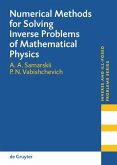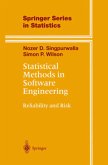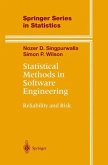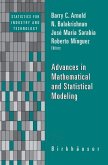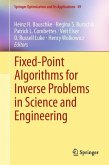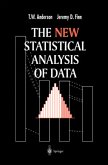This book is aimed at postgraduate students in applied mathematics as well as at engineering and physics students with a ?rm background in mathem- ics. The ?rst four chapters can be used as the material for a ?rst course on inverse problems with a focus on computational and statistical aspects. On the other hand, Chapters 3 and 4, which discuss statistical and nonstati- ary inversion methods, can be used by students already having knowldege of classical inversion methods. There is rich literature, including numerous textbooks, on the classical aspects of inverse problems. From the numerical point of view, these books concentrate on problems in which the measurement errors are either very small or in which the error properties are known exactly. In real-world pr- lems, however, the errors are seldom very small and their properties in the deterministic sensearenot wellknown.For example,inclassicalliteraturethe errornorm is usuallyassumed to be a known realnumber. In reality,the error norm is a random variable whose mean might be known.
From the reviews:
"The book is devoted to the development of the statistical approach to inverse problems ... . The content is written clearly and without citations in the main text. Every chapter has a section called 'Notes and comments' where the citations and further reading, as well as brief comments on more advanced topics, are provided. The book is aimed at postgraduate students ... . The book also will be of interest for many researchers and scientists working in the area of image processing." (Tzvetan Semerdjiev, Zentralblatt MATH, Vol. 1068, 2005)
"Inverse problems are usually ill-posed in the sense that a solution need not exist, need not be unique, and depends in a discontinuous way on the data ... . there have been two quite separate communities dealing with such problems, one basing their methods mainly on functional analysis, the other one on statistics. ... several attempts have been made to bridge the gap between these two groups. The book under review ... is a further, quite successful attempt in this direction." (Heinz W. Engel, SIAM Review, Vol. 48 (1), 2006)
"The book is devoted to the development of the statistical approach to inverse problems ... . The content is written clearly and without citations in the main text. Every chapter has a section called 'Notes and comments' where the citations and further reading, as well as brief comments on more advanced topics, are provided. The book is aimed at postgraduate students ... . The book also will be of interest for many researchers and scientists working in the area of image processing." (Tzvetan Semerdjiev, Zentralblatt MATH, Vol. 1068, 2005)
"Inverse problems are usually ill-posed in the sense that a solution need not exist, need not be unique, and depends in a discontinuous way on the data ... . there have been two quite separate communities dealing with such problems, one basing their methods mainly on functional analysis, the other one on statistics. ... several attempts have been made to bridge the gap between these two groups. The book under review ... is a further, quite successful attempt in this direction." (Heinz W. Engel, SIAM Review, Vol. 48 (1), 2006)


